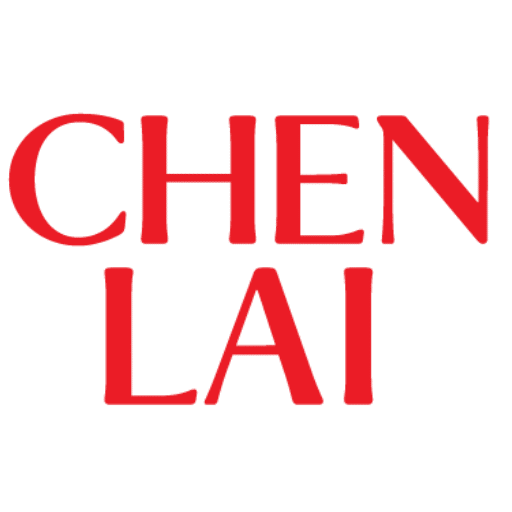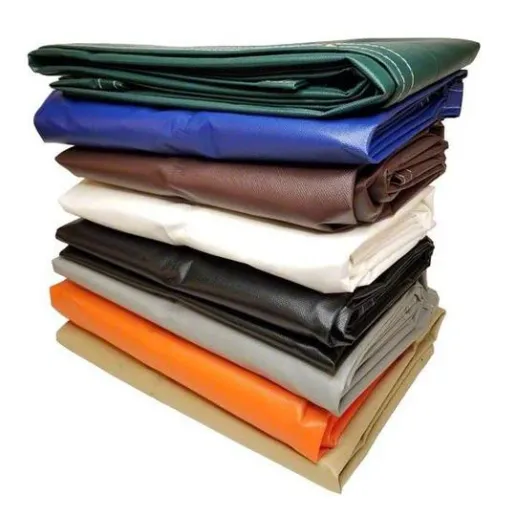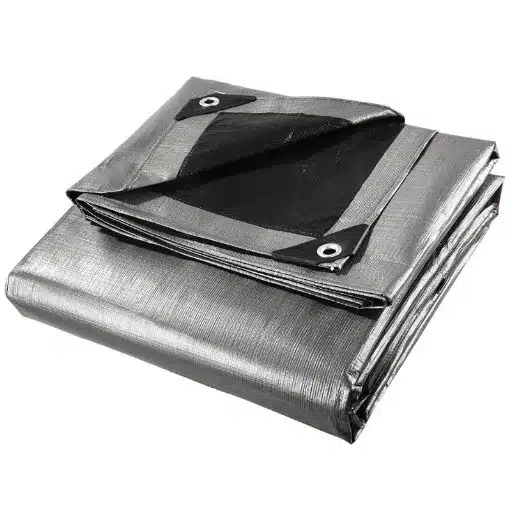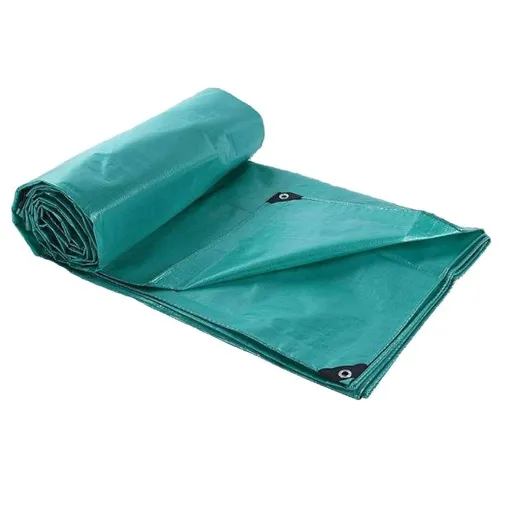Introduction to Tarpaulin Fish Ponds
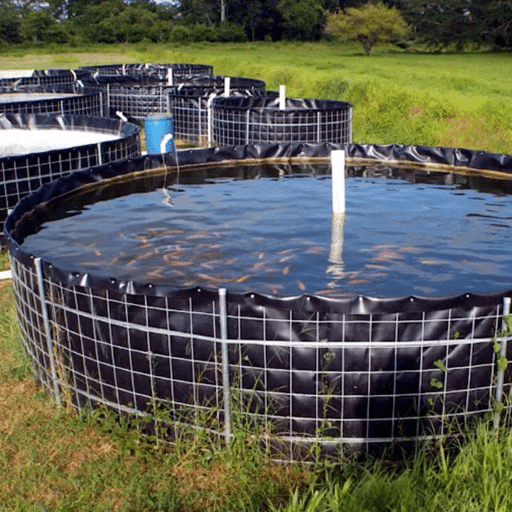
What Is a Tarpaulin Fish Pond?
Tarpaulin fish pond is one of the cheapest and convenient ways of production for aquaculture using extra-strong waterproof tarpaulin. These ponds are an alternative to the concreted ponds or earthen ponds that require huge capital and time for their construction. The usual tarpaulin pond construction involves a framework of strong materials that support the tarpaulin lining so that it can hold water meant for fish in a controlled environment. These fish ponds have all sizes and shapes and hence ideal for almost all kinds of areas such as urban, rural, or areas with limited space. As recent data have shown, tarpaulin fish ponds are gaining popularity throughout all continents because these easy-to-set-up structures are portable and keep water quality really well, a very important factor when considering adequate growth and health of fish production. In the production setup, these ponds are mainly used to cultivate tilapia, catfishes, and shrimps and provide a sustainable alternative for small-scale and commercial fish farming operations.
Why Use Tarpaulins in Fish Farming?
With the tarpaulin tanks providing varied supplies, such as affordability and performance, fish farmers prefer them much. Recently, there has been an interest in this efficient farming solution, bearing fruit in an increased number of searches regarding “tarpaulin fish farming benefits.” Tarpaulin is lightweight and at the same time strong so that it can be installed within minutes and shifted easily in case farmers work in constrained land areas or work with seasonal constraints. The ability of the tarpaulin tank to hold water ensures that fish receive adequate hydration, its non-toxic and UV protective attributes shield the aquatic life and maintain water quality. Moreover, tarpaulin tanks are way cheaper than traditional concrete ponds and require less maintenance, thus providing a perfect platform for amateur and professional fish farmers seeking to maximize their outputs while minimizing costs.
An Overview of Methods for Fish Farming
Fish farming or aquaculture includes several methods suitable for specific needs, scales, and environmental conditions. Among the four most commonly used methods are pond culture, cage farming, recirculating aquaculture systems (RAS), and integrated multi-trophic aquaculture (IMTA).
Pond culture remains among the most traditional and mostly manual to small-scale operations. The fish is cultivated in man-made or natural ponds where a controlled environment for their growth is provided. Cage culture farmers will use this method to cultivate fish in cages set up in natural water bodies such as rivers, lakes, or the sea. RAS is a high-tech system for recycling water through filtration to enable efficient and sustainable fish production with minimal environmental cost. Lastly, IMTA maintains ecological balance integrating different species at various trophic levels such as fish, shellfish, and seaweeds that mutually support each other’s growth.
According to recent data, the aquaculture market across the globe is growing significantly, enhanced by the rising demand for sustainable seafood and innovation in AI-powered farm monitoring tools. Since cage culture and RAS are at the forefront in adopting new technology, it is predicted that the refinement and implementation of these techniques will expand the industry at around five to six per cent per annum over the next ten years. This, in turn, lays emphasis on the urgent need for integration of traditional techniques with new technology to provide food security and maintain the environment.
Advantages of Tarpaulin Fish Pond
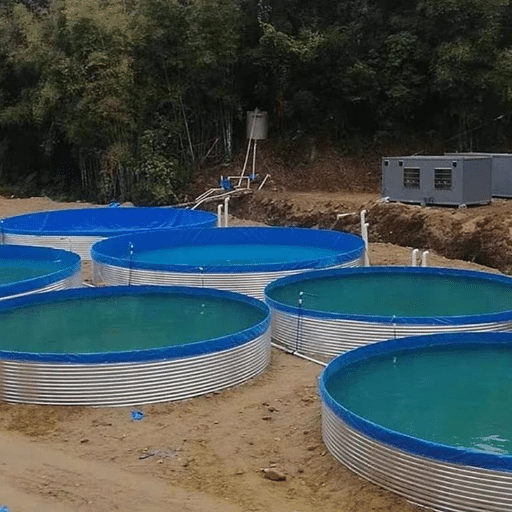
Disadvantages of Tarpaulin Fish Ponds
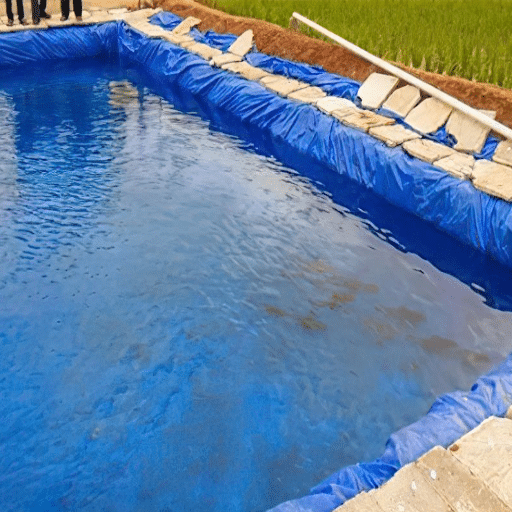
Real-World Applications of Tarpaulin Fish Ponds
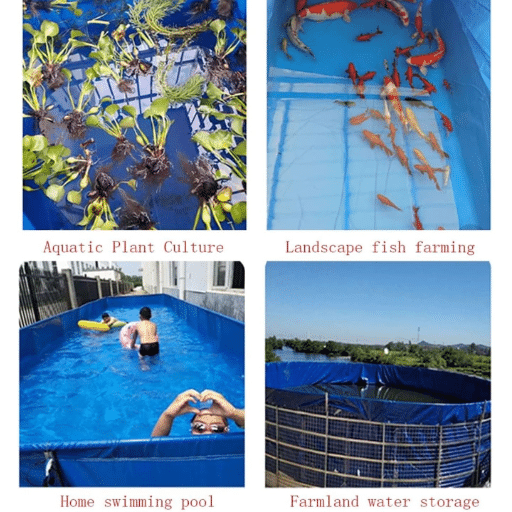
Best Practices for Setting Up a Tarpaulin Fish Pond
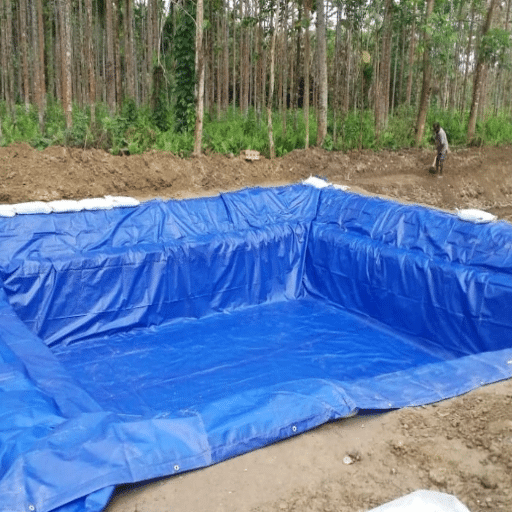
Proper Setup Techniques
A tarpaulin fish pond setup performed well first involves the choice of suitable location: an area with level ground and well-drained to prevent waterlogging or sinking. Dig the area to the desired depth, ensuring the surface is compacted so as to lay a firm base for the tarpaulin. Use a tarpaulin of quality that is UV resistant to enhance the life of the pond and to offer adequate resistance to environmental factors. Do not grab the tarpaulin or stretch it unevenly: all edges should be firmly held down by hooks or weights, and the entire perimeter may be backed by bricks or with soil to hold it in place.
According to the latest figures provided by the ‘s search engine, the most common question asked by prospective aquaculture farmers relates to the best ways of maintaining the water quality in tarpaulin ponds. Using aeration kits for the ponds and matching this with periodic water testing is the best answer. The significance of maintaining oxygen levels within an optimal limit while testing the pH level, ammonia levels, and nitrate levels cannot be overstated in guaranteeing a well-balanced environment for the fish. Further to that, shading nets can be used to prevent the excessive sunlight from causing algae growth, which in turn helps with the water quality. The proper techniques of setup combined with water management strategies will ensure a high productivity level of and long life for a tarpaulin fish pond.
Water Management
Water management plays the main role in maintaining equilibrium and sustainability toward a tarpaulin fish pond. The key methods involve filtering water with toxins and waste particles, hydraulic recirculation systems, partial water exchange on schedule, water changes at intervals to refresh water, water temperature monitoring, and dissolved oxygen concentration measurement. From recent data, the automated system having integrated IoT water quality sensors provides the greatest benefits for real-time water parameter monitoring and adjustment. In this manner, alerts help the fish farmer respond immediately to any problem. Hence, the joining of contemporary technologies bolsters the traditional ones in enhancing productivity and sustainability for aquaculture systems.
Fish Health Maintenance in Tarpaulin Ponds
Fish health in tarpaulin ponds is being maintained by means of retaining the highest standards of water quality. Research and current developments offer much more than what was generally perceived as an approach into monitoring pH, determining dissolved oxygen, estimation of ammonia, and temperature. From the latest data reported by , the utilization of an advanced aquaculture monitoring kit or IoT-connected devices can greatly enhance these measurements. These devices help fish farmers efficiently keep track of water conditions, target imbalances between parameters, and aim for timely corrective interventions. This approach drastically reduces disease outbreaks and augments fish yield, uplifting the sustainability of fish culture ecosystems.
Frequently Asked Questions
Reference Sources
University of Georgia
Types of Fish Ponds: Discusses the suitability of tarpaulin ponds for small-scale fish farms, highlighting their portability and ease of setup.
Link to source
University of Tennessee
Managing Small Fishing Ponds and Lakes: Provides insights into pond management, including considerations for fish stocking and water management, which can be applied to tarpaulin ponds.
Link to source
International Journal
Agriculture and Environmental Research: Explores the simplicity and cost-effectiveness of various pond types, including tarpaulin ponds, for aquaculture.
Link to source
